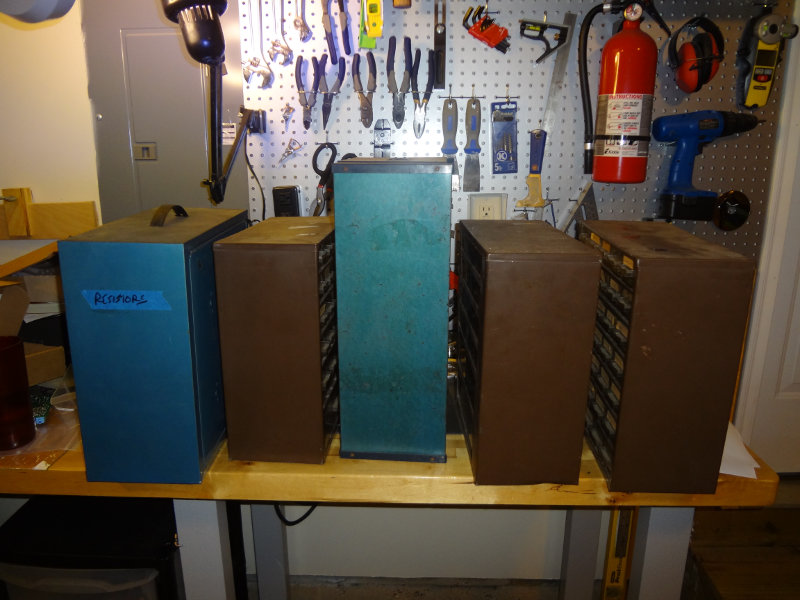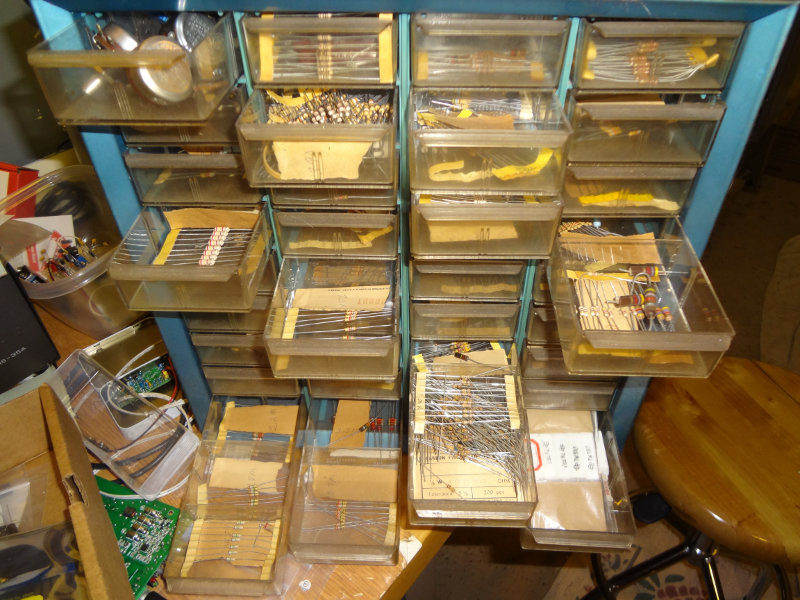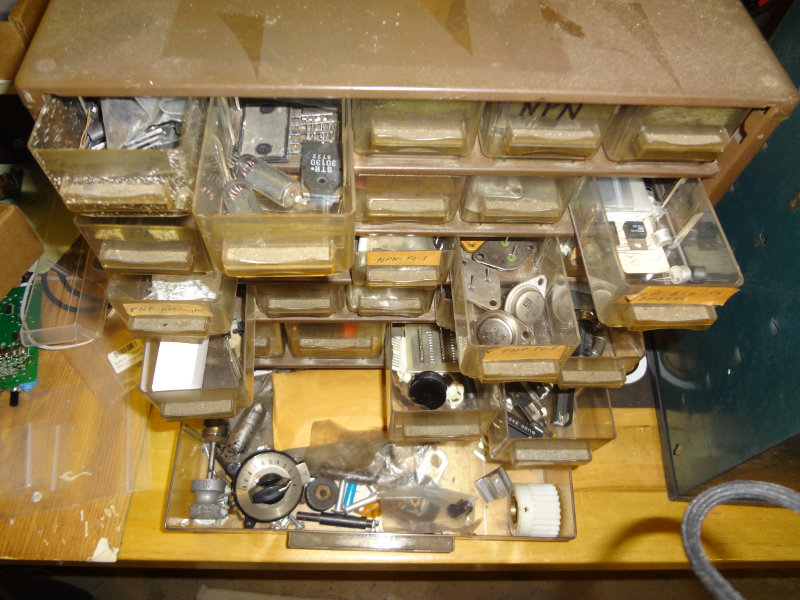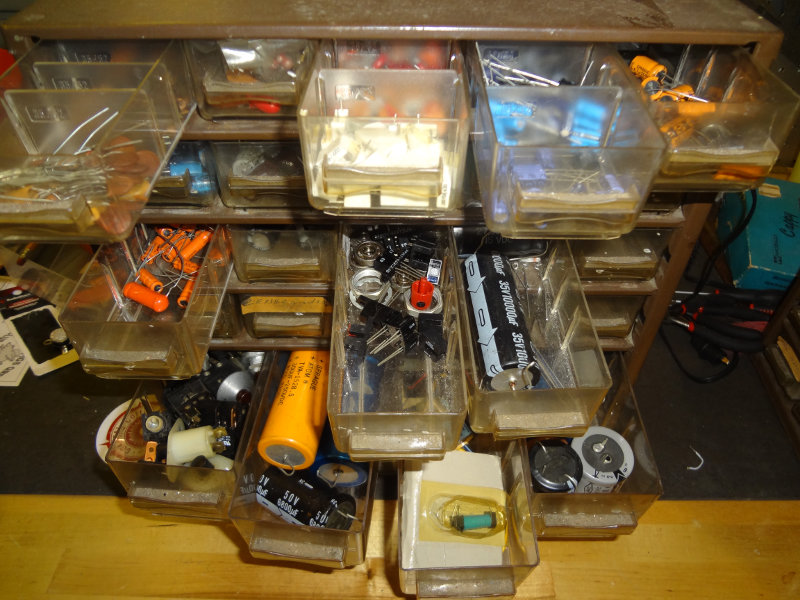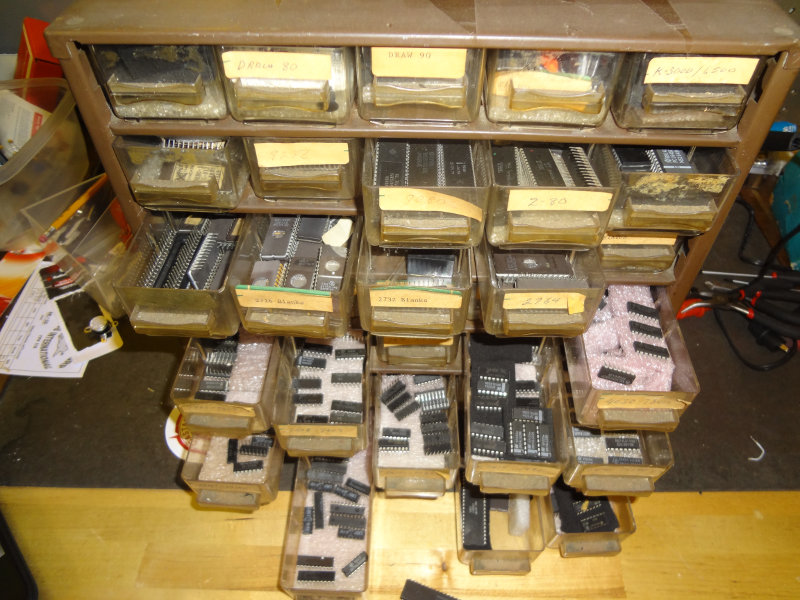The 40m Etherkit OpenBeacon I ordered arrived yesterday and made for a nice fun evening at the workbench. It will go along nicely with the other 30m OpenBeacon I received from Matthew/W2MDW. There are a few differences in the production version versus the 30m beta version.
Spent a couple hours at the workbench assembling it and it worked as soon as I connected it to the computer. The only snafu I had was accidentally mixing up two resistors, making me unsolder the first one to switch it out with the correct one. I also got to experiment with using a drill to twist the wires together for the bifilar transformer. Worked amazingly well.
Looking forward to getting this on the air and seeing how far it gets heard. One of these days I’ll have to make up an enclosure and 30m and 40m antennas to put both of the OpenBeacons on the air full time.









